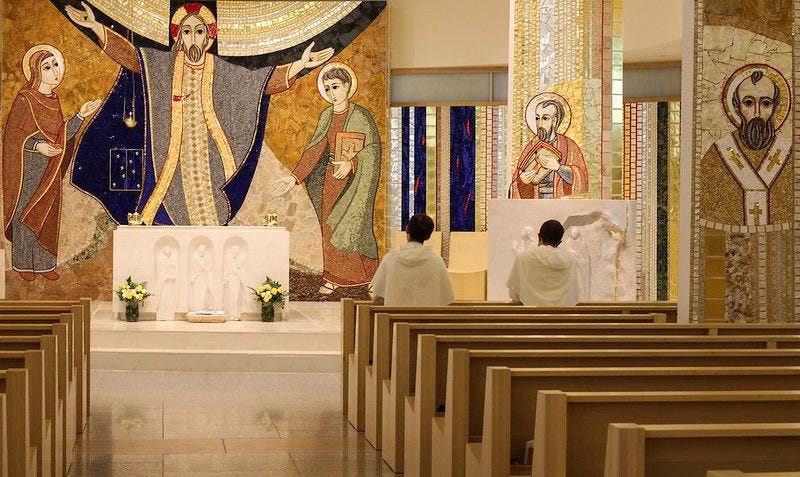Knights of Columbus continue review of Rupnik art in chapels
The Knights of Columbus have not indicated when the results of a review could be announced.
After the dismissal of disgraced artist Fr. Marko Rupnik from the Jesuit order, Knights of Columbus officials are still considering what steps they should take regarding Rupnik’s art, which features prominently in several Knights of Columbus facilities.

